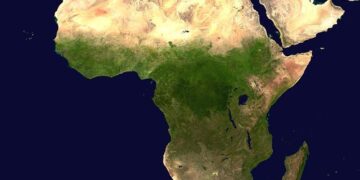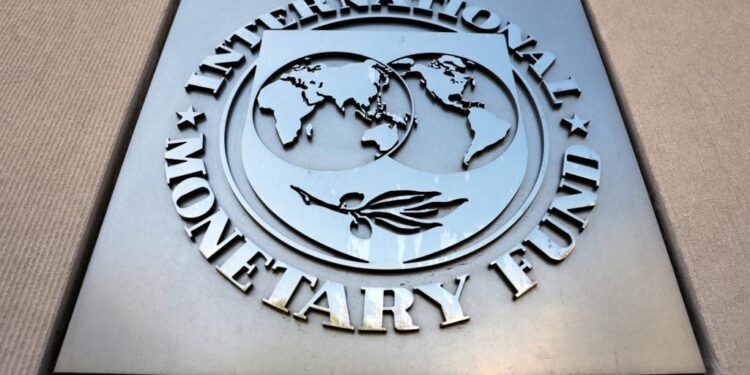The International Monetary Fund (IMF) has revised its global growth forecast upward, citing a weaker U.S. dollar as a key driver supporting economic recovery worldwide. In its latest report, the IMF highlights improved trade dynamics and easing inflation pressures that are bolstering growth prospects across both advanced and emerging economies. This positive adjustment comes amid ongoing geopolitical uncertainties and varying monetary policies, offering a cautiously optimistic outlook for the global economy in the year ahead.
IMF Revises Upwards Global Growth Projections Amid Dollar Decline
The International Monetary Fund has adjusted its global growth forecast upwards for the current year, citing a significant depreciation in the U.S. dollar as a key catalyst. This currency shift has enhanced competitiveness for many emerging markets, boosting exports and encouraging investment flows. The weaker dollar reduces the debt servicing burden for countries with dollar-denominated loans, easing financial pressures and supporting economic stability worldwide.
Among the notable implications:
- Export Growth: Emerging economies are experiencing increased demand as their goods become more price-competitive internationally.
- Capital Flows: Investment is gravitating towards markets benefiting from improved currency dynamics, fostering development and infrastructure projects.
- Debt Relief: Nations with substantial dollar debt see reduced repayment costs, improving fiscal positions and creditworthiness.
| Region | Previous Growth Forecast | Revised Growth Forecast |
|---|---|---|
| Emerging Asia | 5.1% | 5.6% |
| Latin America | 2.3% | 3.0% |
| Sub-Saharan Africa | 3.0% | 3.5% |
| Advanced Economies | 1.7% | 1.9% |
Weaker Dollar Boosts Emerging Markets and Trade Flows
Emerging markets are experiencing a resurgence as the softer dollar enhances their export competitiveness. A weaker greenback reduces the cost burden of dollar-denominated debt, easing fiscal pressures and boosting investor confidence. This dynamic shift is fostering increased capital inflows and invigorating domestic demand within these economies, setting the stage for more robust and sustained growth.
Trade flows, particularly among developing nations, are benefiting from this currency realignment. Key advantages include:
- Improved export returns: Locally priced goods become more attractive on the global market.
- Lower debt servicing costs: Many emerging market countries can allocate resources toward infrastructure and social programs instead of interest payments.
- Enhanced regional trade: Cross-border commerce within Asia, Africa, and Latin America gains momentum as currencies stabilize against the dollar.
| Region | Export Growth (%) | Capital Inflows (USD bn) | ||||||||||||||||||||||
|---|---|---|---|---|---|---|---|---|---|---|---|---|---|---|---|---|---|---|---|---|---|---|---|---|
| Southeast Asia | 5.2 | 42 | ||||||||||||||||||||||
| Latin America | 4.7 | 37 | ||||||||||||||||||||||
| Sub-Saharan Africa | 3.9 |
Emerging markets are experiencing a resurgence as the softer dollar enhances their export competitiveness. A weaker greenback reduces the cost burden of dollar-denominated debt, easing fiscal pressures and boosting investor confidence. This dynamic shift is fostering increased capital inflows and invigorating domestic demand within these economies, setting the stage for more robust and sustained growth. Trade flows, particularly among developing nations, are benefiting from this currency realignment. Key advantages include:
|































